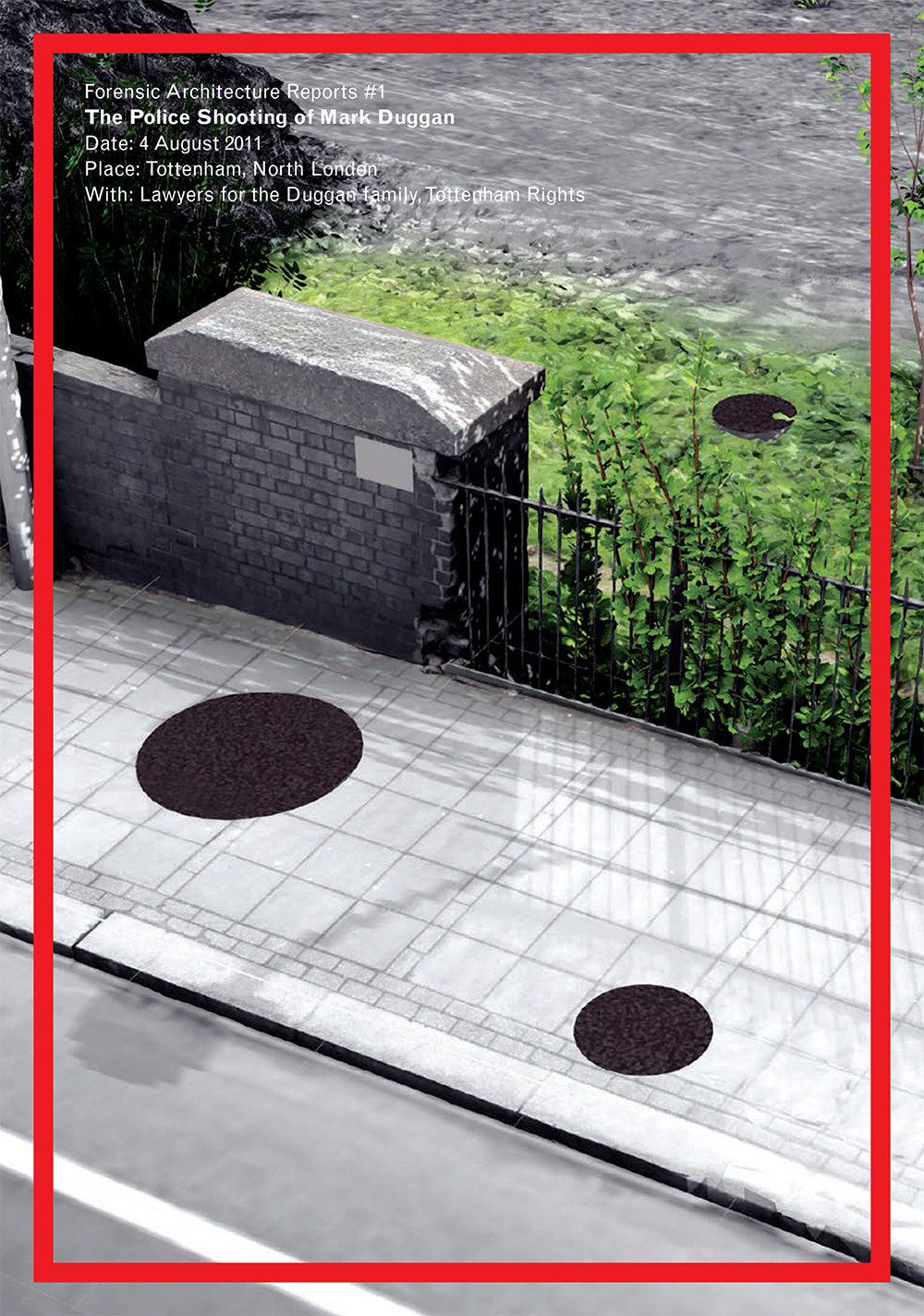
This is the first installation of Forensic Architecture Reports, a series of books each dedicated to a single FA investigation, with insights into the agency’s research methodologies, additional texts from and interviews with collaborators, and dossiers of documents that shaped the investigation in question.
On the evening of 4 August 2011, Mark Duggan was shot and killed by the police in the north London neighbourhood of Tottenham after the minicab in which he was traveling was pulled over by a team of undercover officers. The team had begun following Duggan shortly after receiving intelligence that he was in possession of a gun, and the officer who shot him testified that he had seen, for a ‘split second’, Duggan aiming the gun at him after he had exited the minicab. However, the gun was not found next to Duggan’s body on the pavement. According to the police, they discovered it in a patch of grass some seven meters away.
After a coroner’s inquest ruled Duggan’s killing ‘lawful’ and the police watchdog organisation issued a report siding with the officers’ version of events, the Duggan family’s legal team commissioned Forensic Architecture to conduct an investigation into the critical question at the heart of the case: How did the gun end up in the grass? With no video footage of the shooting itself, Forensic Architecture had to rely primarily on the written and oral testimony of the officers involved to develop a spatial investigation designed to test the plausibility of the police’s narrative and to examine whether the officers themselves could have planted the gun.
In addition to detailing the methodologies employed and conclusions reached by Forensic Architecture, this volume offers a selection of the primary documents used for the investigation; an introduction by Eyal Weizman, director of Forensic Architecture, analysing the notions of ‘pre-emption’ and ‘split-second decision making’, which are often invoked to defend police killings of Black people; a roundtable with scholar Adam Elliott-Cooper, activists Temi Mwale and Stafford Scott, and attorney Marcia Willis Stewart on the complex colonial and legal histories that have shaped the policing of Black Britons in the postwar era; and the transcript of a speech by Scott on
the struggle for justice for those who have died as a result of racialised policing.
For wholesale enquiries, please contact the ICA Bookstore
Forensic Architecture Reports
Over the past decade, Forensic Architecture has mobilised an array of innovative technological, aesthetic, and legal strategies to undertake close to seventy investigations of state and corporate crimes worldwide. Conducted in collaboration with community groups, social movements, and civil society partners, these investigations have often made decisive contributions to cases in national and international courts, people’s tribunals, and truth commissions. Exhibited in museums and galleries around the world, they have also been crucial in reimagining the relationship between art, culture, and politics today.
Forensic Architecture Reports is a series of books each dedicated to a single investigation chosen for its political, cultural, and theoretical relevance. Incorporating texts by and conversations with Forensic Architecture’s collaborators and stakeholders, these books identify in the minute details of investigated incidents threads that lead to larger systemic conditions and help reveal the broader legal and political histories that enabled these crimes. Each book also includes a dossier of documents – official announcements, correspondence, media articles, and emails – that demonstrate the frictions an investigation encounters in the world, and how its conclusions come to be received, accepted, contested, or denied.
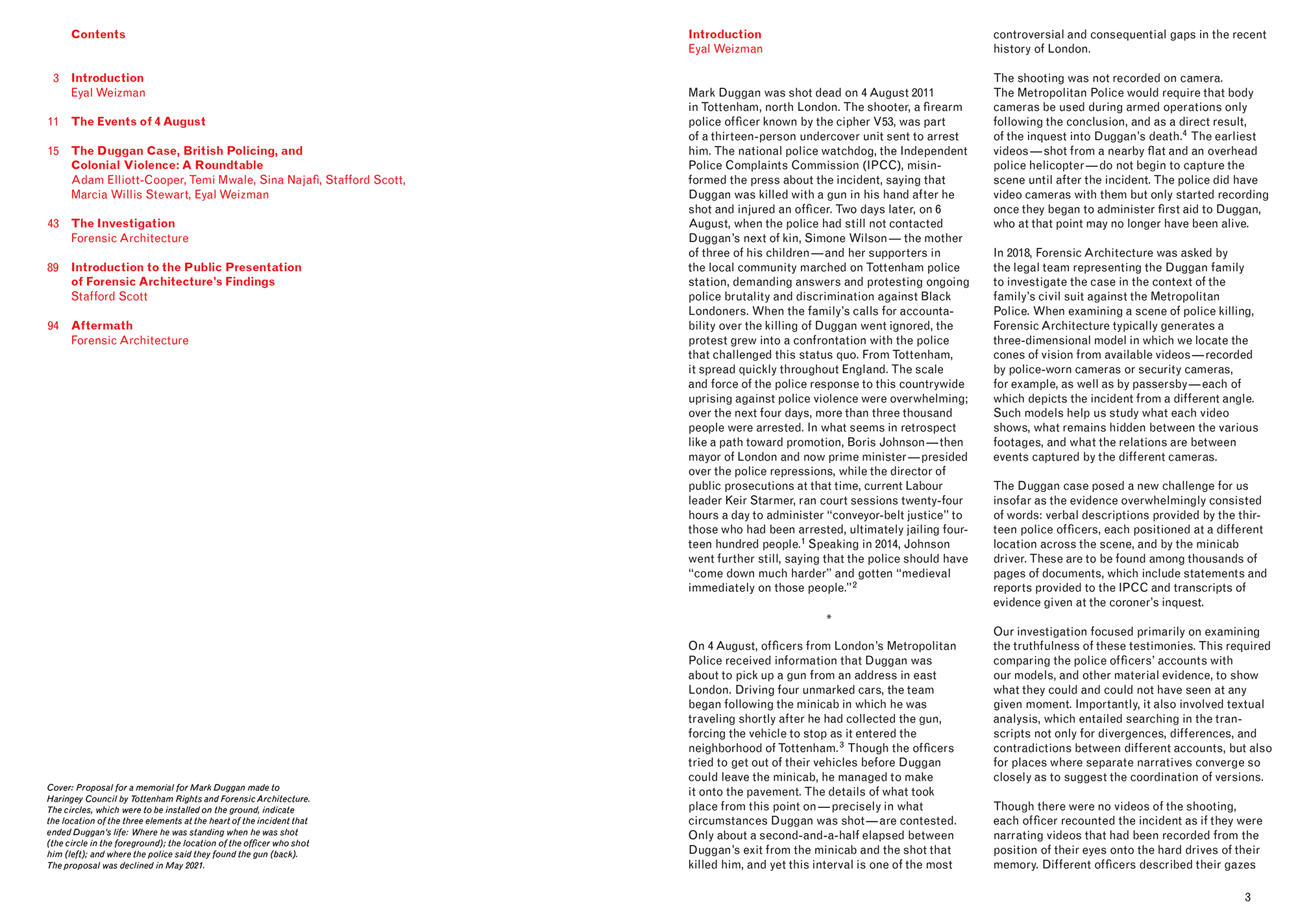
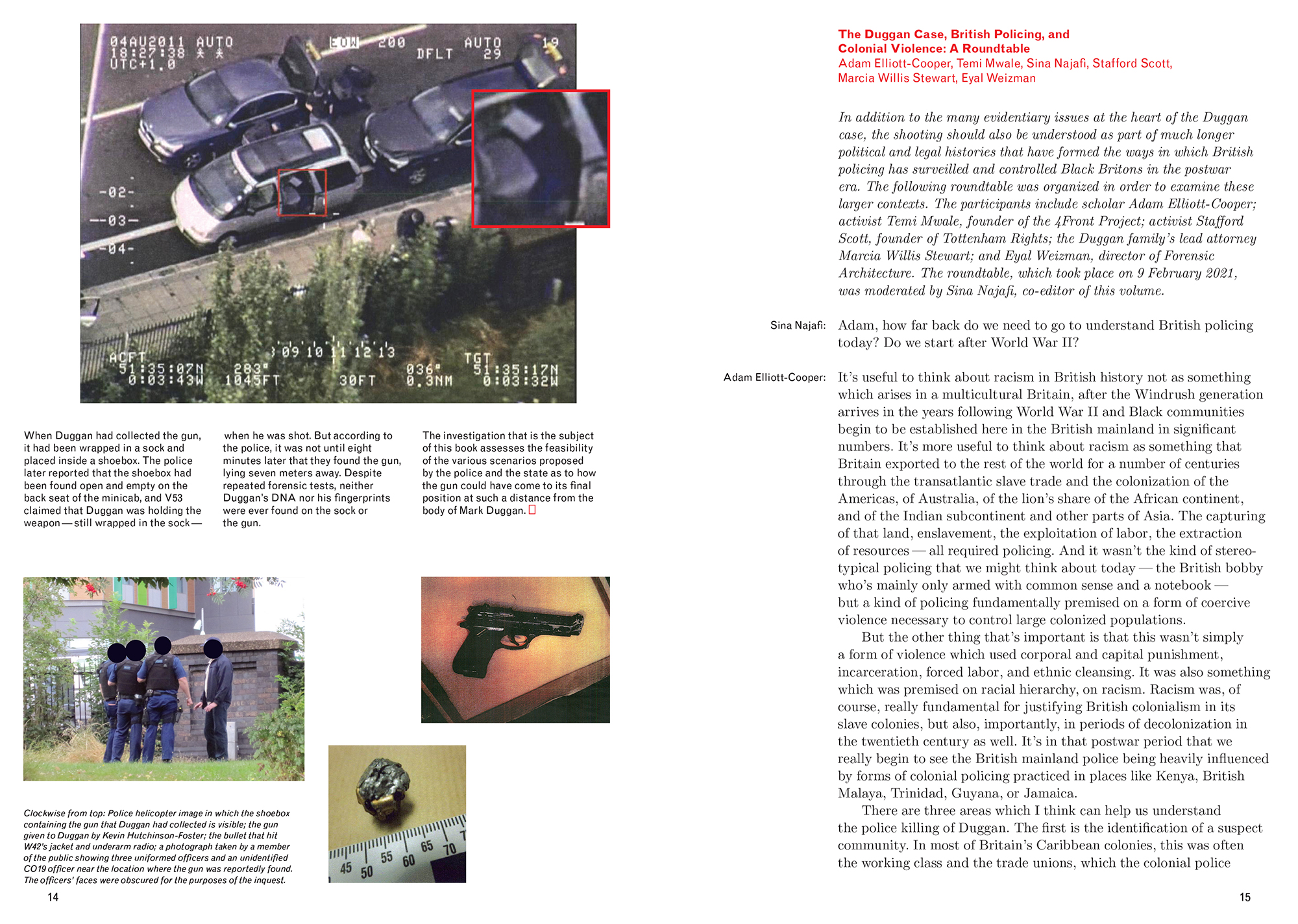
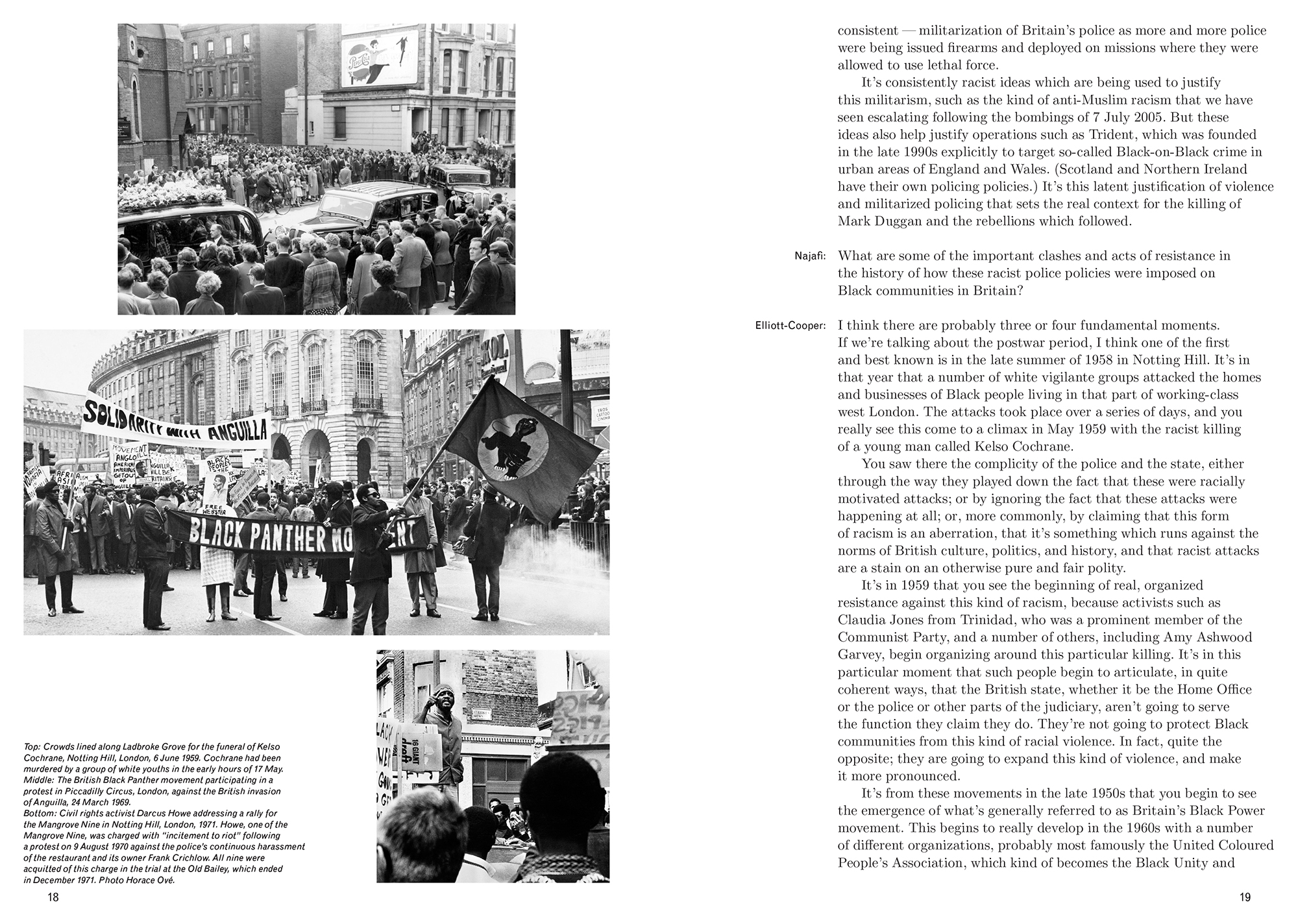
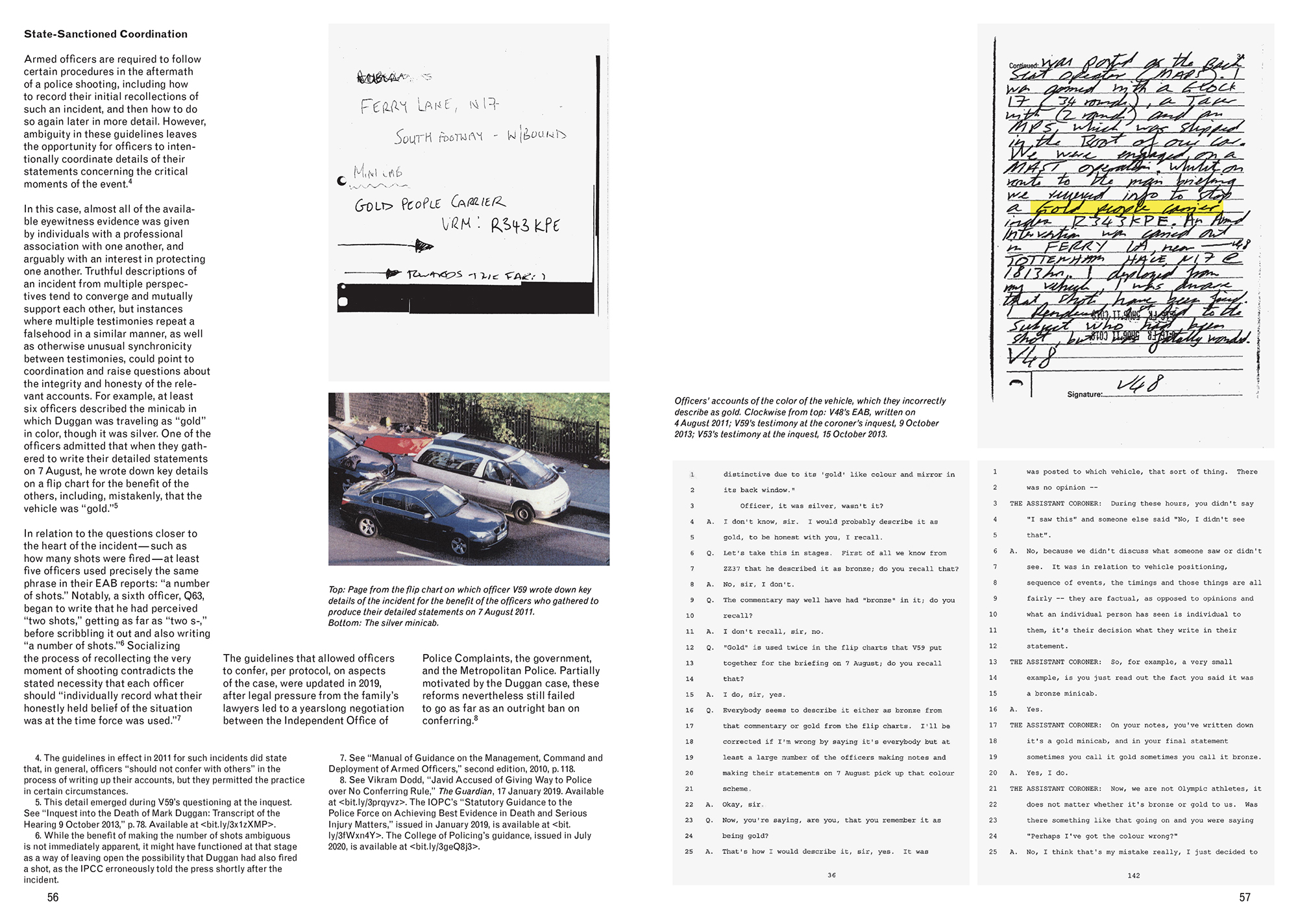
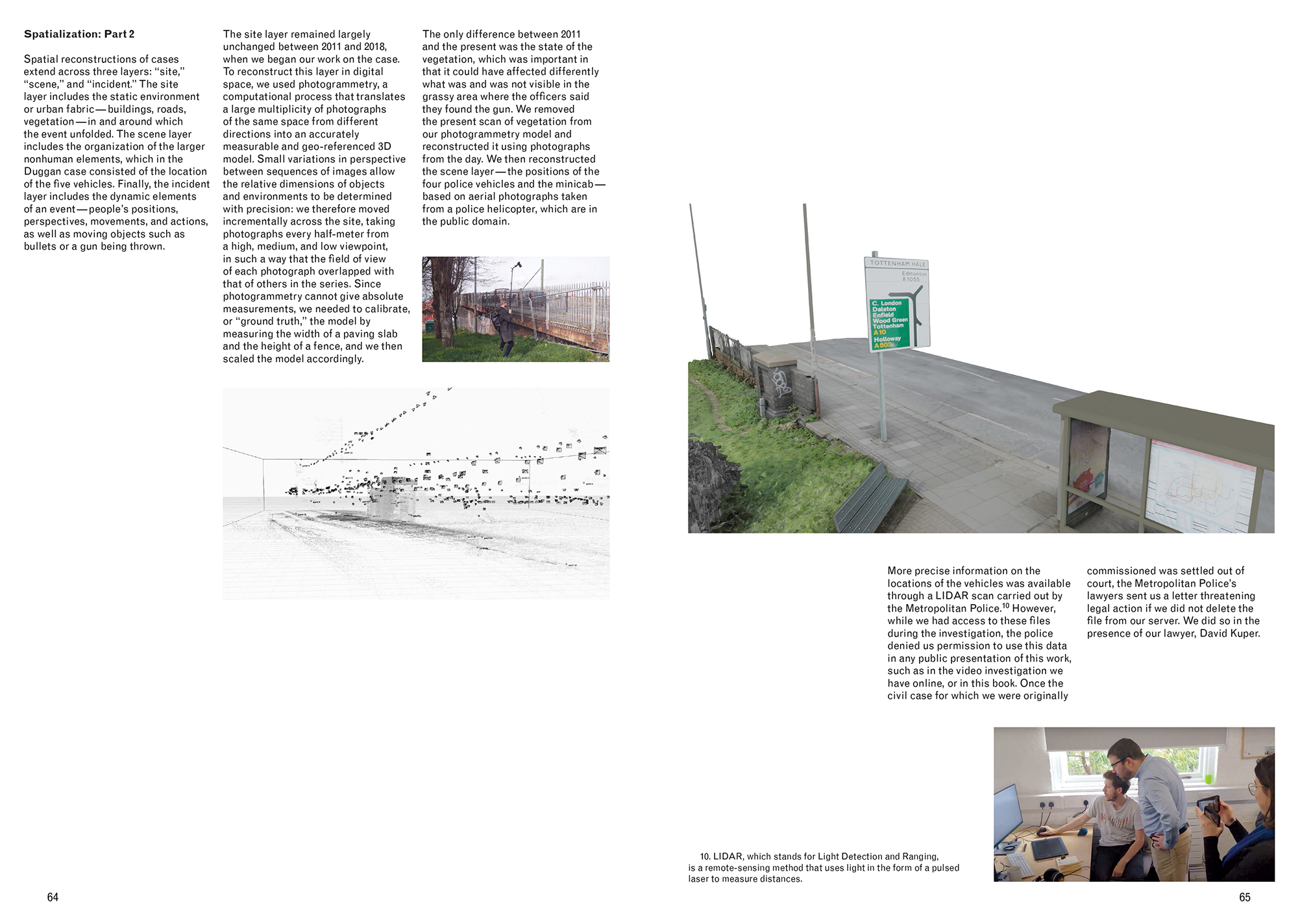
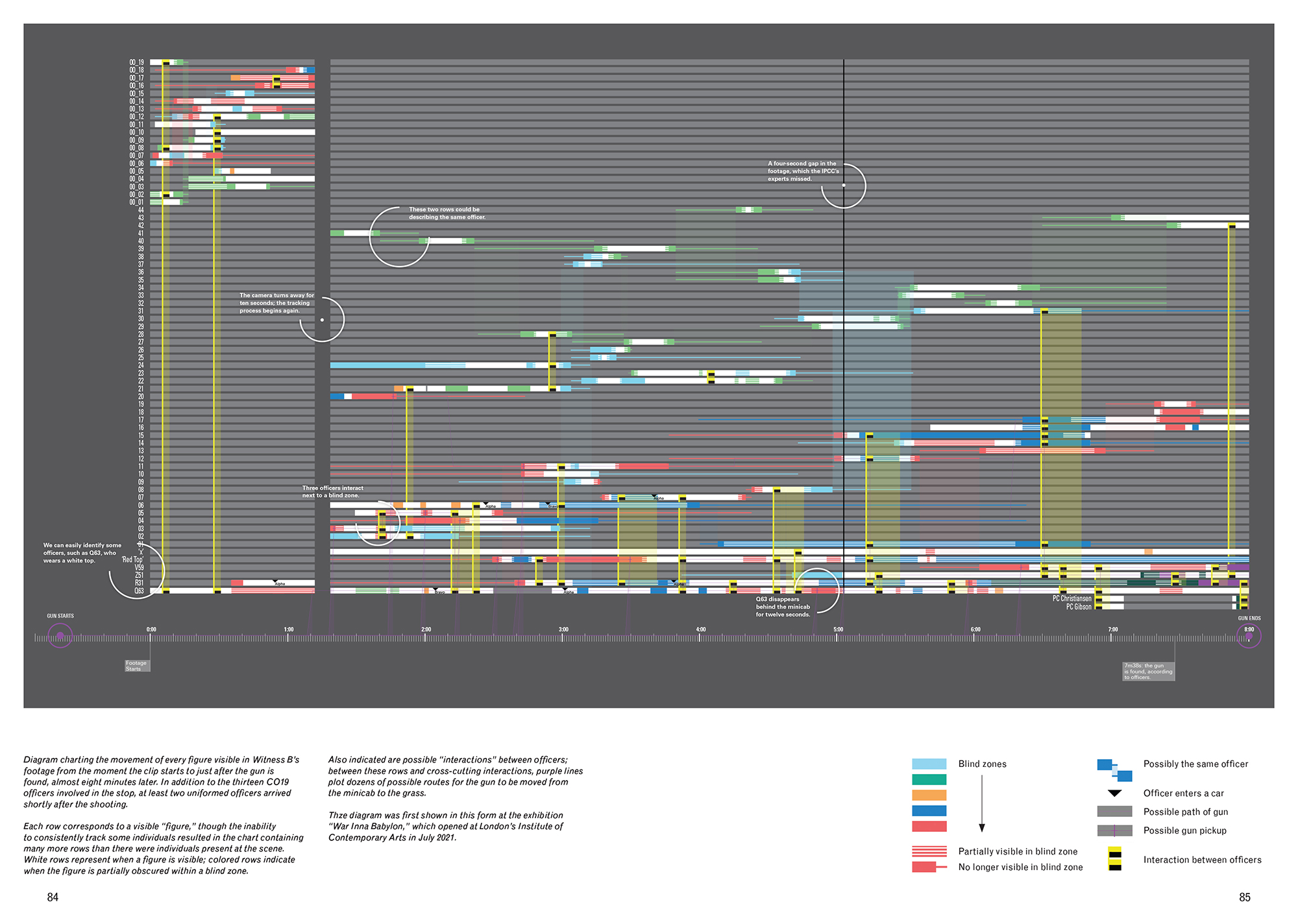










no. 236848.